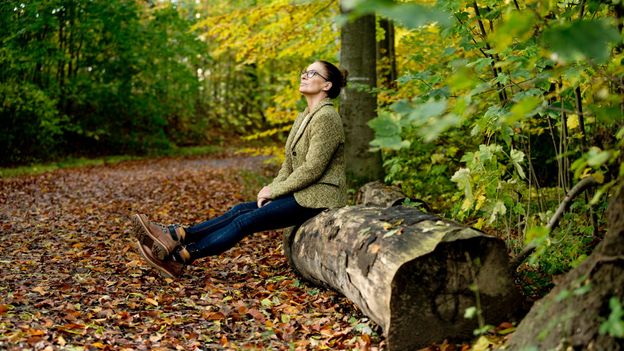On 4 August 2020, a devastating explosion at Beirut’s port tore through the centre of the Lebanese capital, killing more than 200 people and injuring thousands. The blast was so powerful that more than 1km away at the city’s famed Sursock Museum, it shattered the stained-glass windows, blew out the doors and threw Zeina Arida and her colleagues into a staircase.
For the past seven months, Arida, the museum’s director, and curators have been painstakingly restoring more than 70 pieces of modern and contemporary art destroyed in the ammonium nitrate blast, while also working to rebuild the villa’s distinct Venetian- and Ottoman-accented facade. By slowly piecing back together the life’s work of local and international artists, the museum’s employees hope that this priceless collection will be able to live on for future generations.
Recently, acclaimed Lebanese artist Laure Ghorayeb donated a series of illustrations focused on the explosion to the museum. The pieces incorporate searing social commentary about the Lebanese government that resigned following the blast and weave in elements of poignant personal loss. As a result, Ghorayeb’s work will serve as a testament to Lebanon’s collective national trauma once the Sursock reopens its newly rebuilt doors.
Join more than three million BBC Travel fans by liking us on Facebook, or follow us on Twitter and Instagram.
If you liked this story, sign up for the weekly bbc.com features newsletter called “The Essential List”. A handpicked selection of stories from BBC Future, Culture, Worklife and Travel, delivered to your inbox every Friday.



























